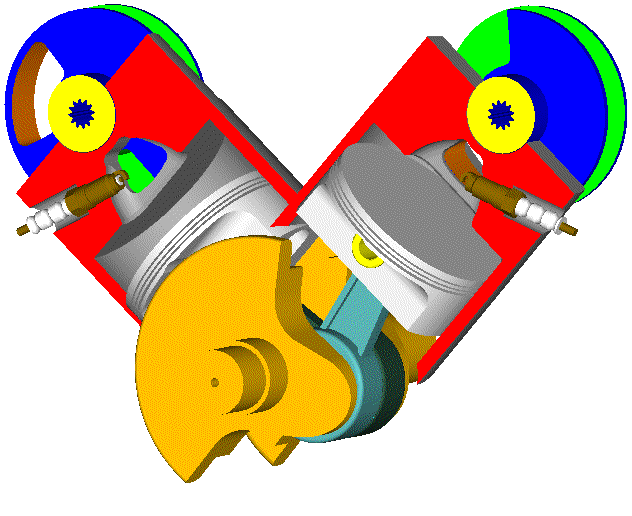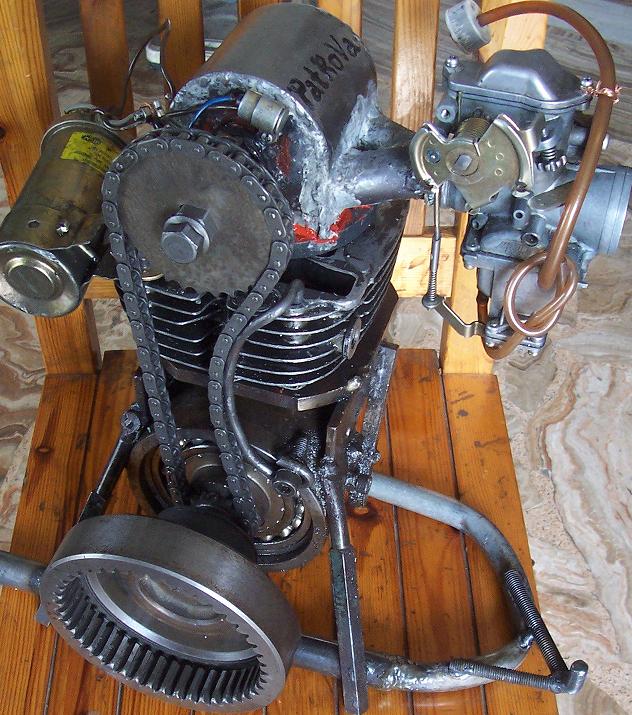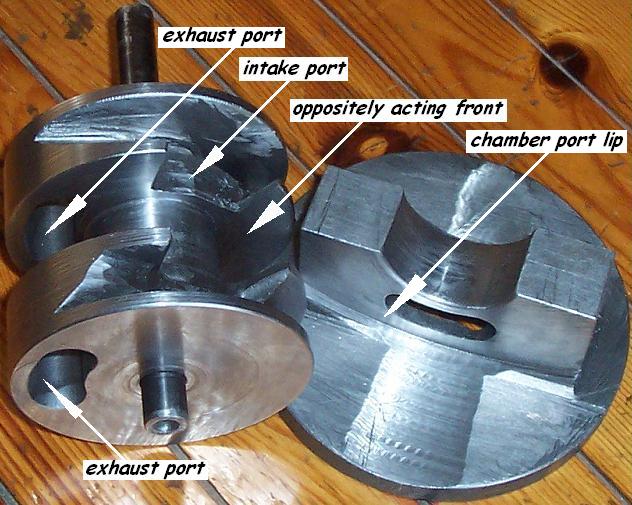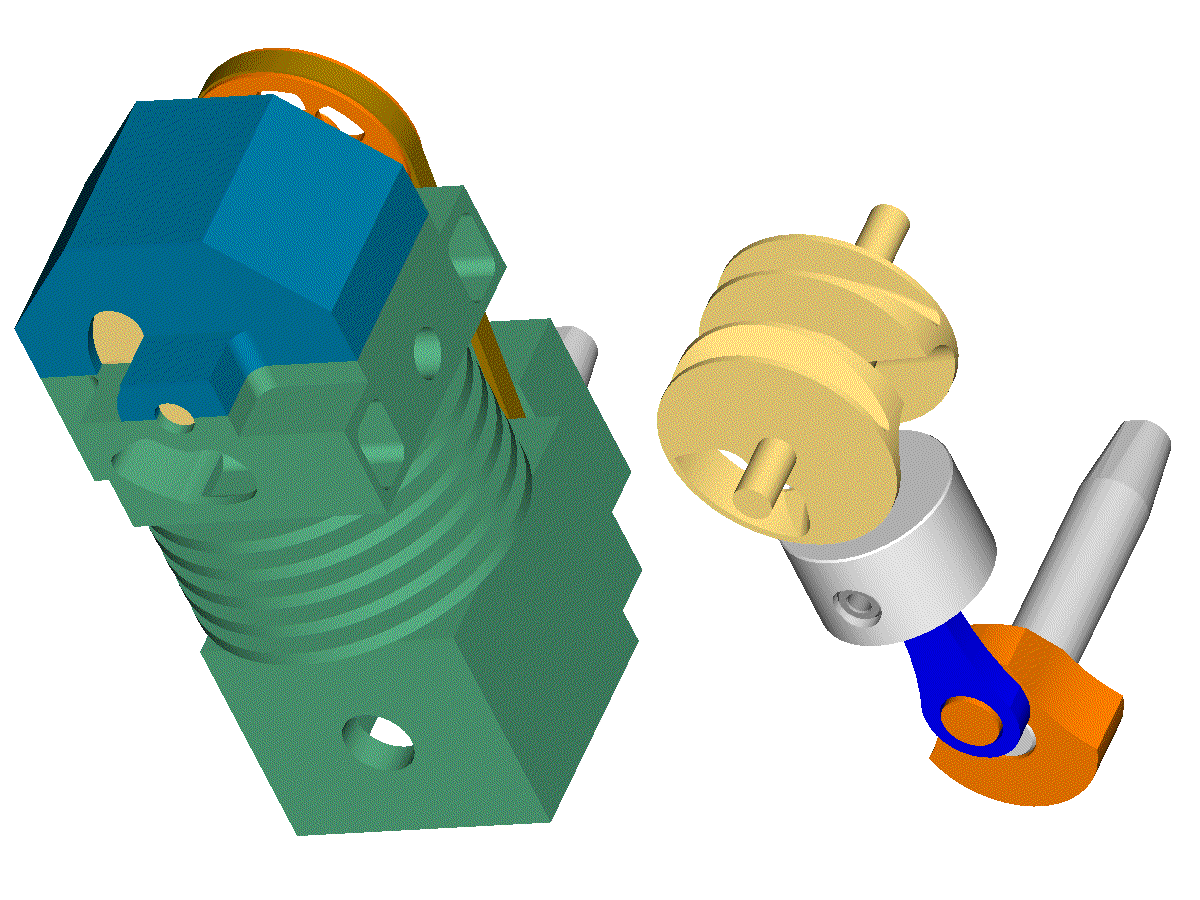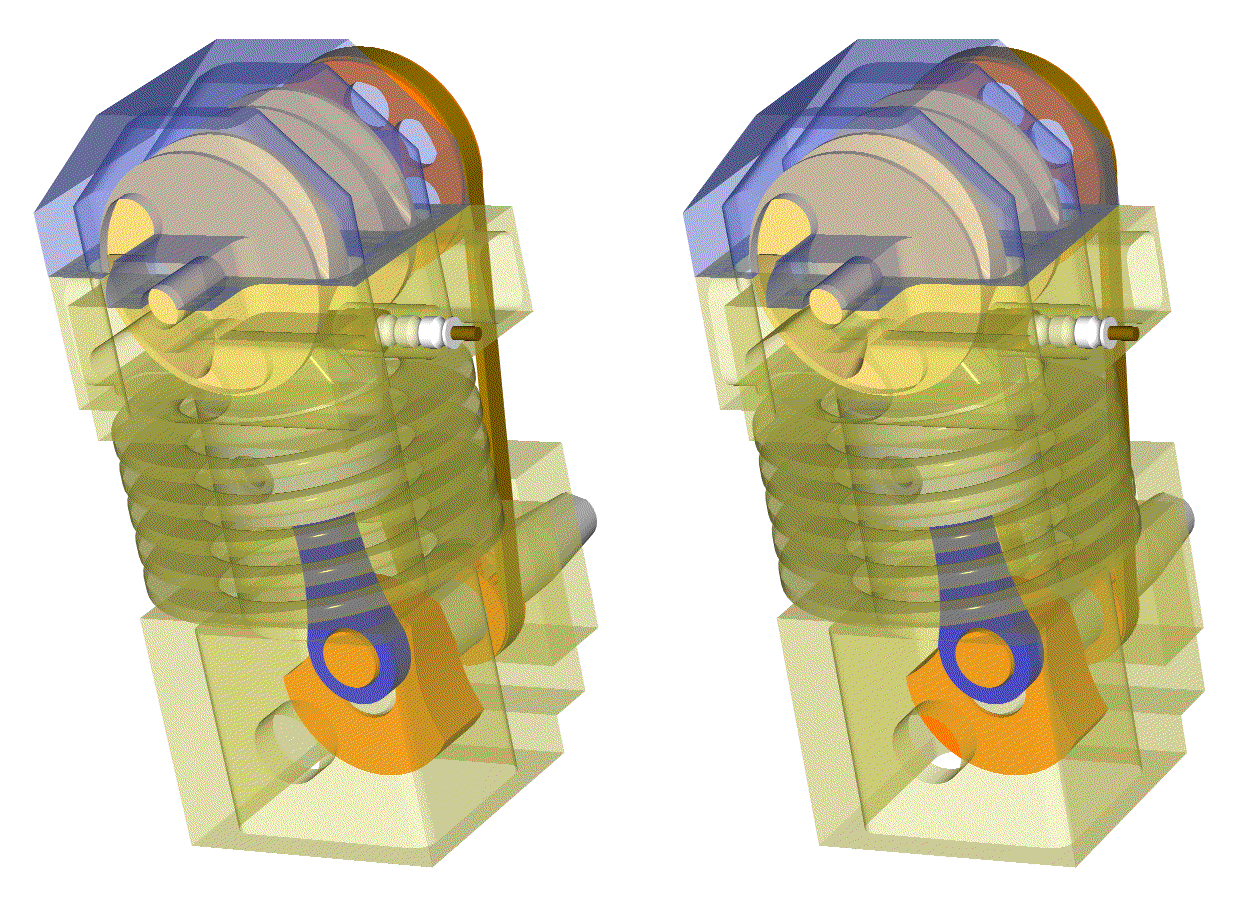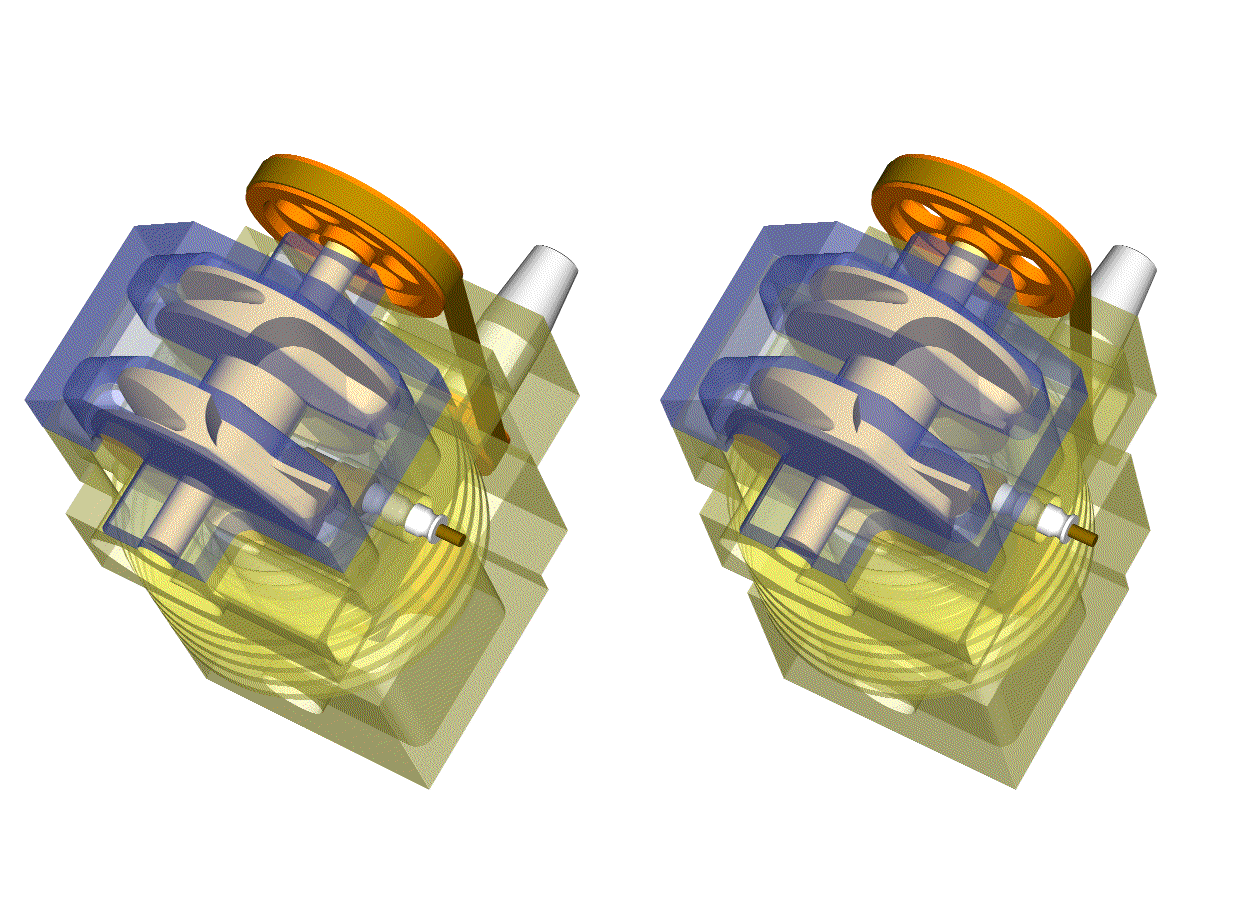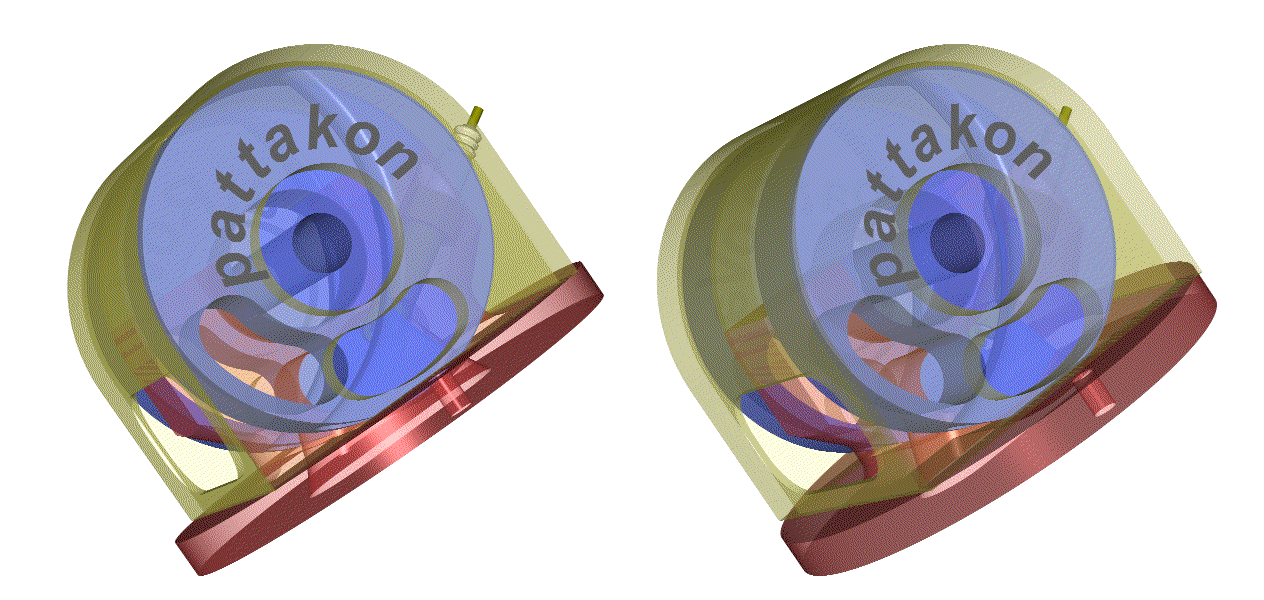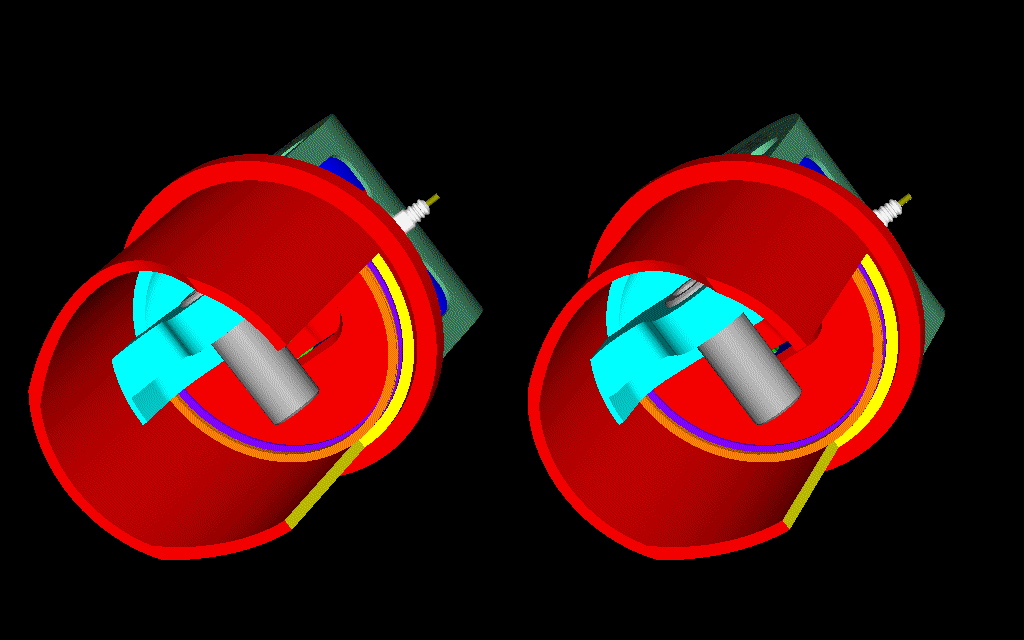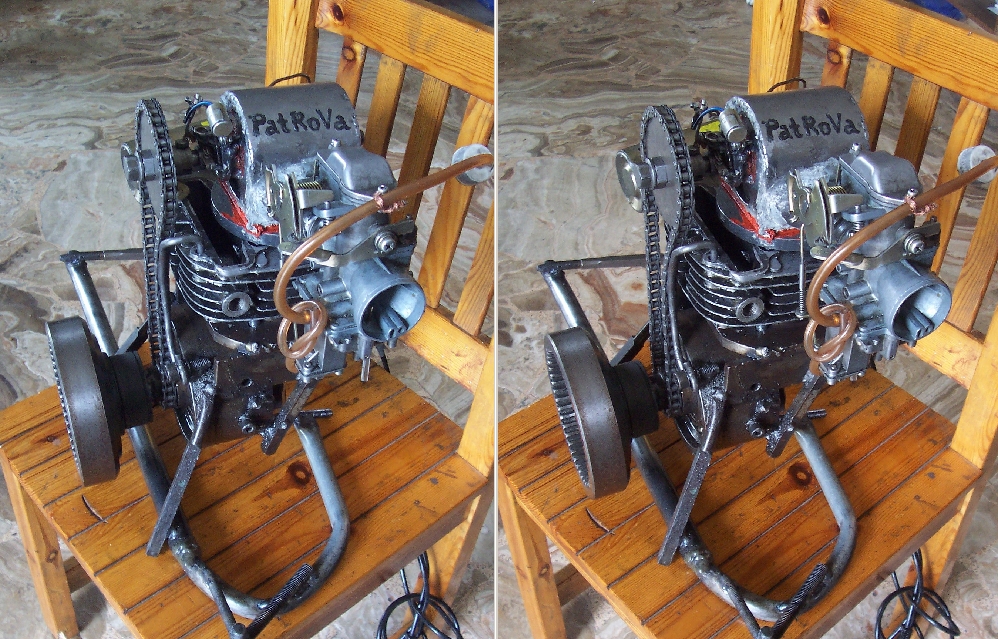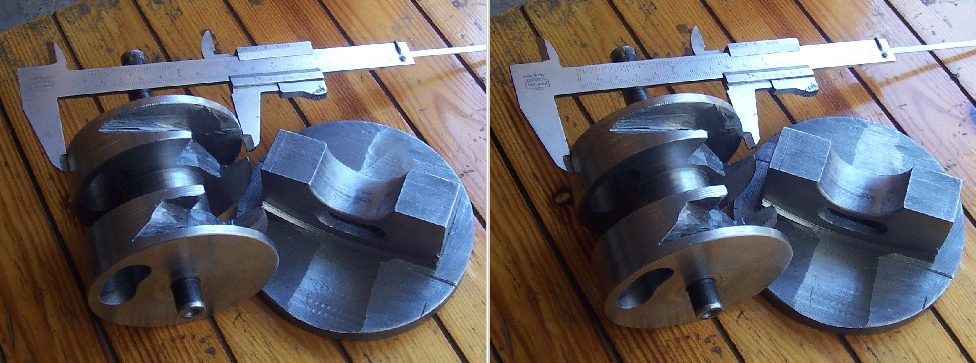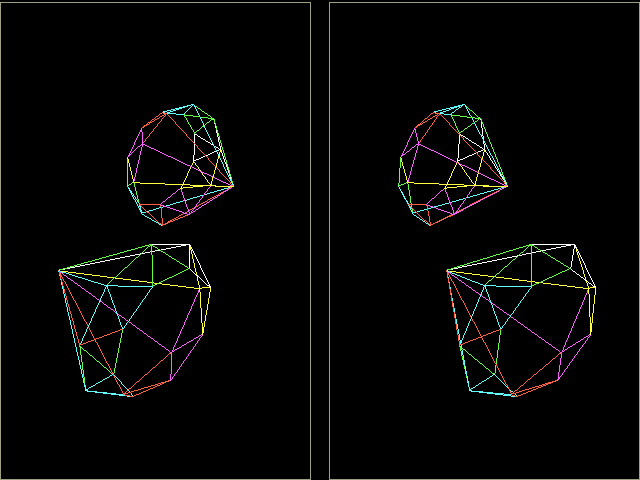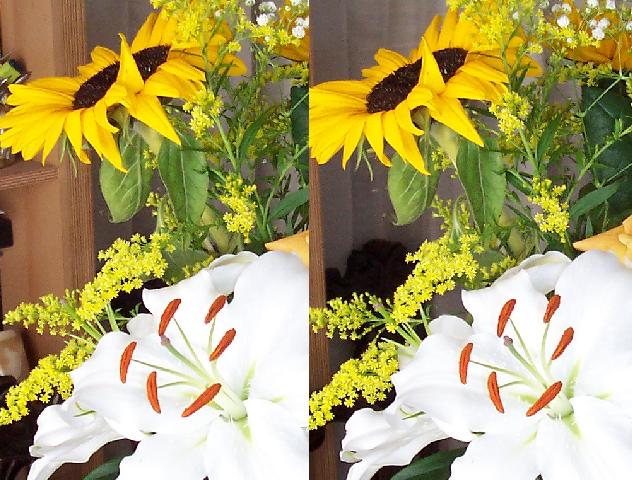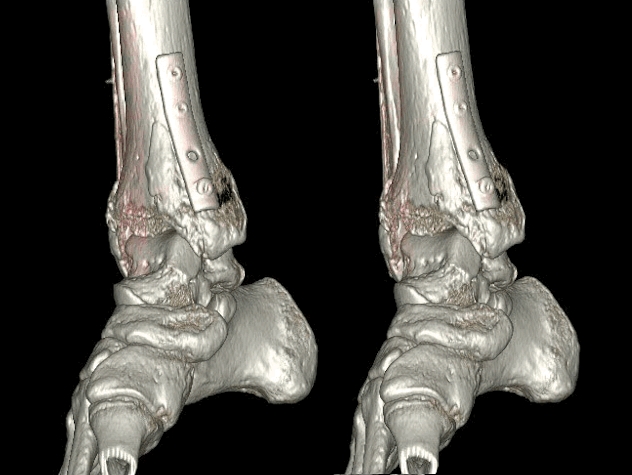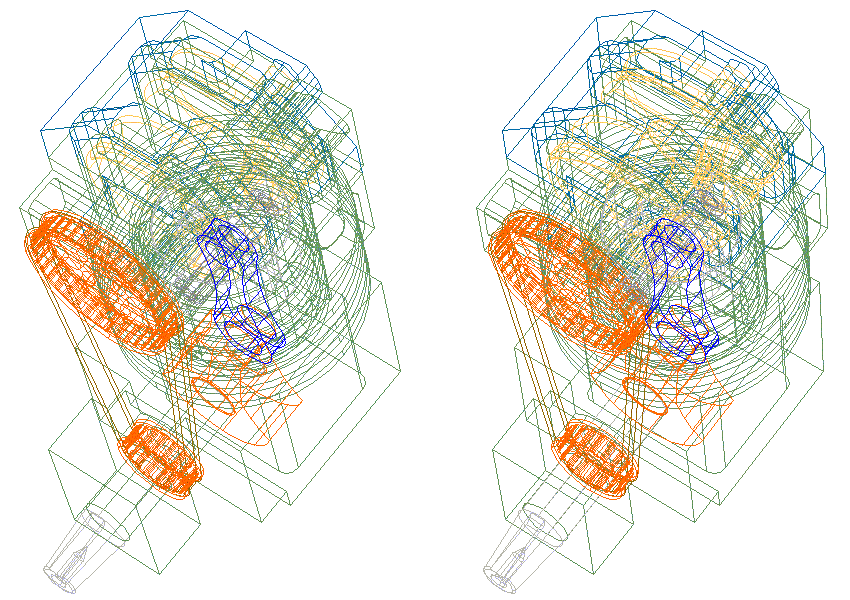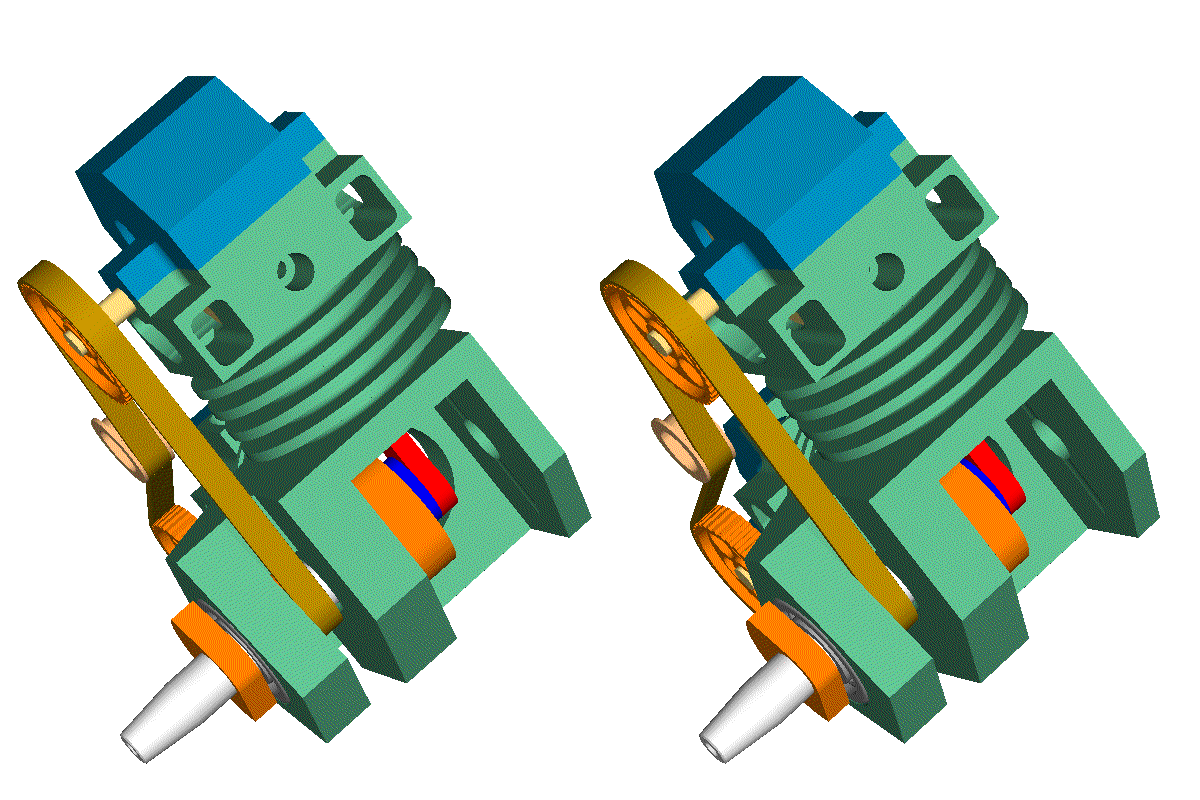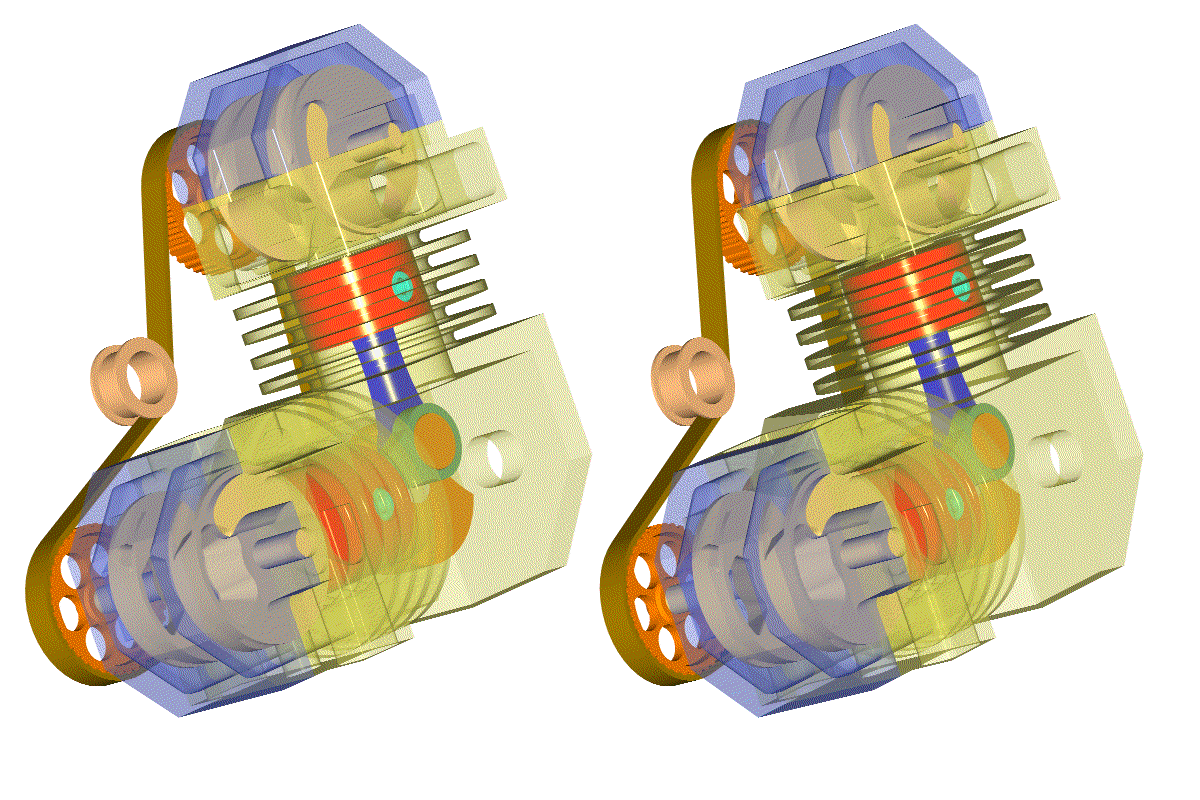Hello.
The two lips of the combustion chamber ports (or windows) in cooperation with less than half of the “inner” surface of the two disks do the high pressure sealing as shows the following animation:
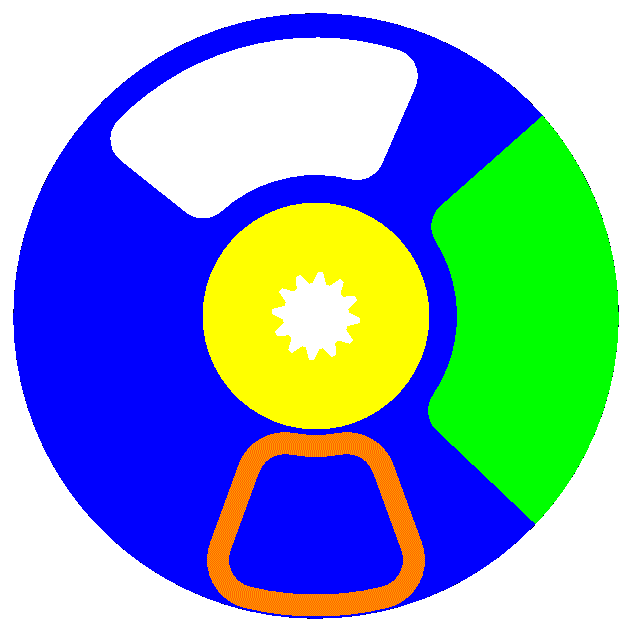
(the same animation in slower motion is at http://www.pattakon.com/PatRoVa/PatRoVa_sealing_slow.gif
The red color on the window lips indicates sealing of a high pressure in the combustion chamber, the orange color is for the medium pressure period and the yellow color on the window lips is for the low pressure difference period.
Around the PatRoVa rotary valve, only the, about, one quarter (some 90 degrees) of the flat surface seals high pressure differences. At this quarter the section of the rotary valve is uniform and its shape is extremely robust, as an open spanner / wrench:
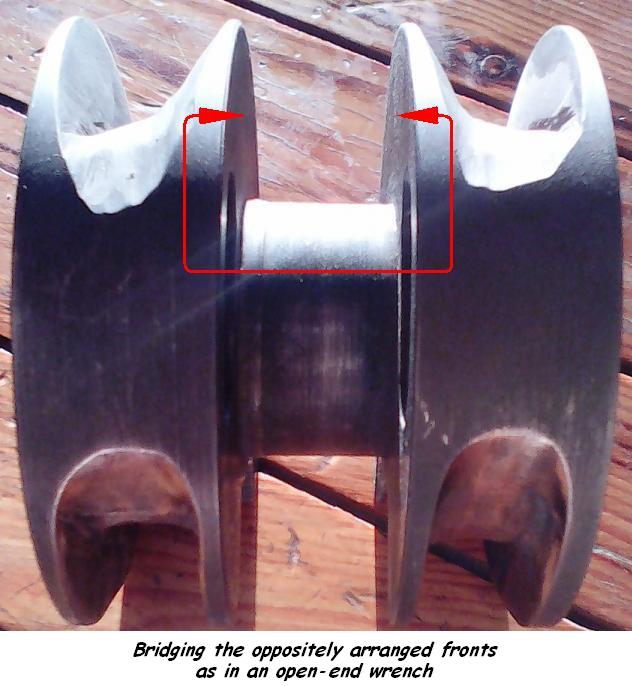
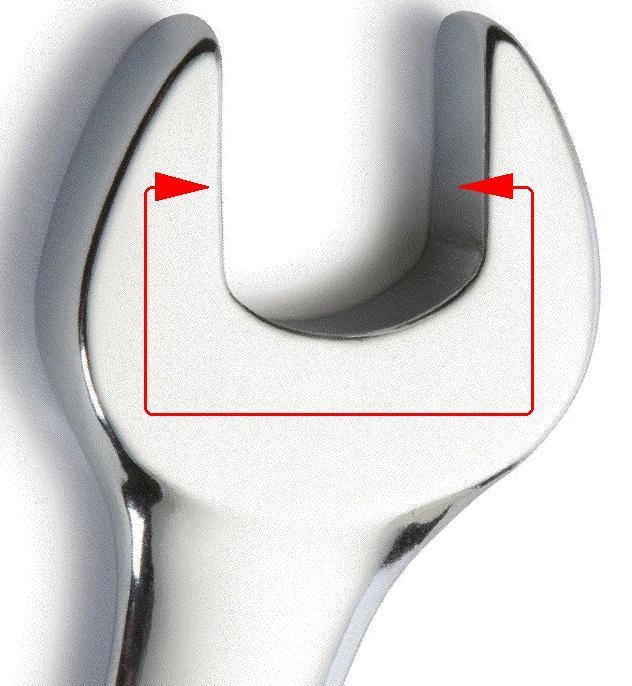
Worth to mention:
The hub (the robust fat and short shaft at the ends of which the two disks are secured) has about uniform temperature.
Only around the exhaust ports of the PatRoVa rotary valve the temperature is substantially higher than the rest valve. But this part of the rotary valve surface is not related with the sealing of significant pressure differences. So it is not a problem: if necessary, by grinding slightly the flat surface around the exhaust ports periphery, the local thermal expansion cannot cause seizure between the disks and the window lips.
Worth, also, to mention:
In the case of the PatRoVa rotary valve only the one dimension is important for the sealing.
The displacement of the valve at the other two dimensions doesn’t affect the sealing quality.
And, as regards the sealing quality, the significant dimension (in simple words: the distance between the two disks) is small enough to keep the thermal expansion at this direction / dimension low.
The recycling during the next suction cycle of any leakage during the high pressure period is another significant characteristic of the PatRoVa architecture.
The eliminated friction loss is another significant characteristic of the PatRoVa architecture.
Thoughts?
Objections?
Thanks
Manolis Pattakos
The two lips of the combustion chamber ports (or windows) in cooperation with less than half of the “inner” surface of the two disks do the high pressure sealing as shows the following animation:

(the same animation in slower motion is at http://www.pattakon.com/PatRoVa/PatRoVa_sealing_slow.gif
The red color on the window lips indicates sealing of a high pressure in the combustion chamber, the orange color is for the medium pressure period and the yellow color on the window lips is for the low pressure difference period.
Around the PatRoVa rotary valve, only the, about, one quarter (some 90 degrees) of the flat surface seals high pressure differences. At this quarter the section of the rotary valve is uniform and its shape is extremely robust, as an open spanner / wrench:


Worth to mention:
The hub (the robust fat and short shaft at the ends of which the two disks are secured) has about uniform temperature.
Only around the exhaust ports of the PatRoVa rotary valve the temperature is substantially higher than the rest valve. But this part of the rotary valve surface is not related with the sealing of significant pressure differences. So it is not a problem: if necessary, by grinding slightly the flat surface around the exhaust ports periphery, the local thermal expansion cannot cause seizure between the disks and the window lips.
Worth, also, to mention:
In the case of the PatRoVa rotary valve only the one dimension is important for the sealing.
The displacement of the valve at the other two dimensions doesn’t affect the sealing quality.
And, as regards the sealing quality, the significant dimension (in simple words: the distance between the two disks) is small enough to keep the thermal expansion at this direction / dimension low.
The recycling during the next suction cycle of any leakage during the high pressure period is another significant characteristic of the PatRoVa architecture.
The eliminated friction loss is another significant characteristic of the PatRoVa architecture.
Thoughts?
Objections?
Thanks
Manolis Pattakos





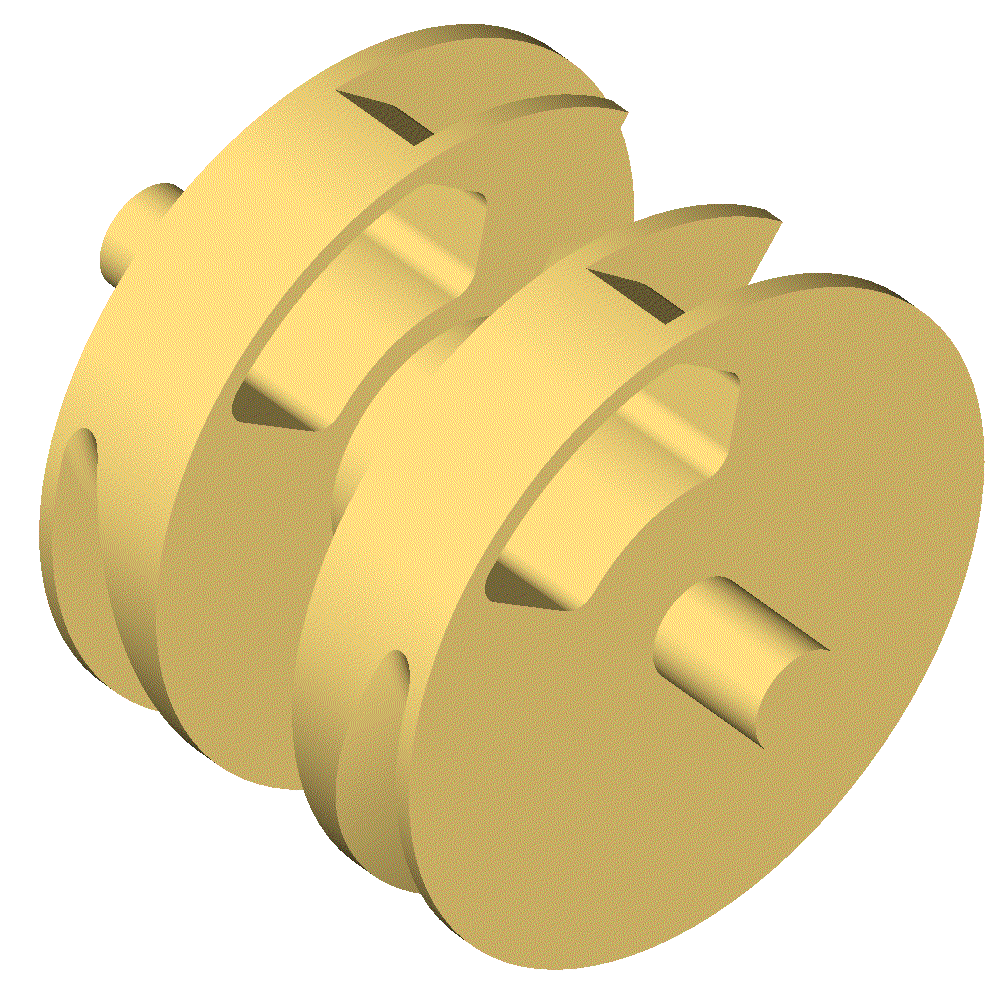
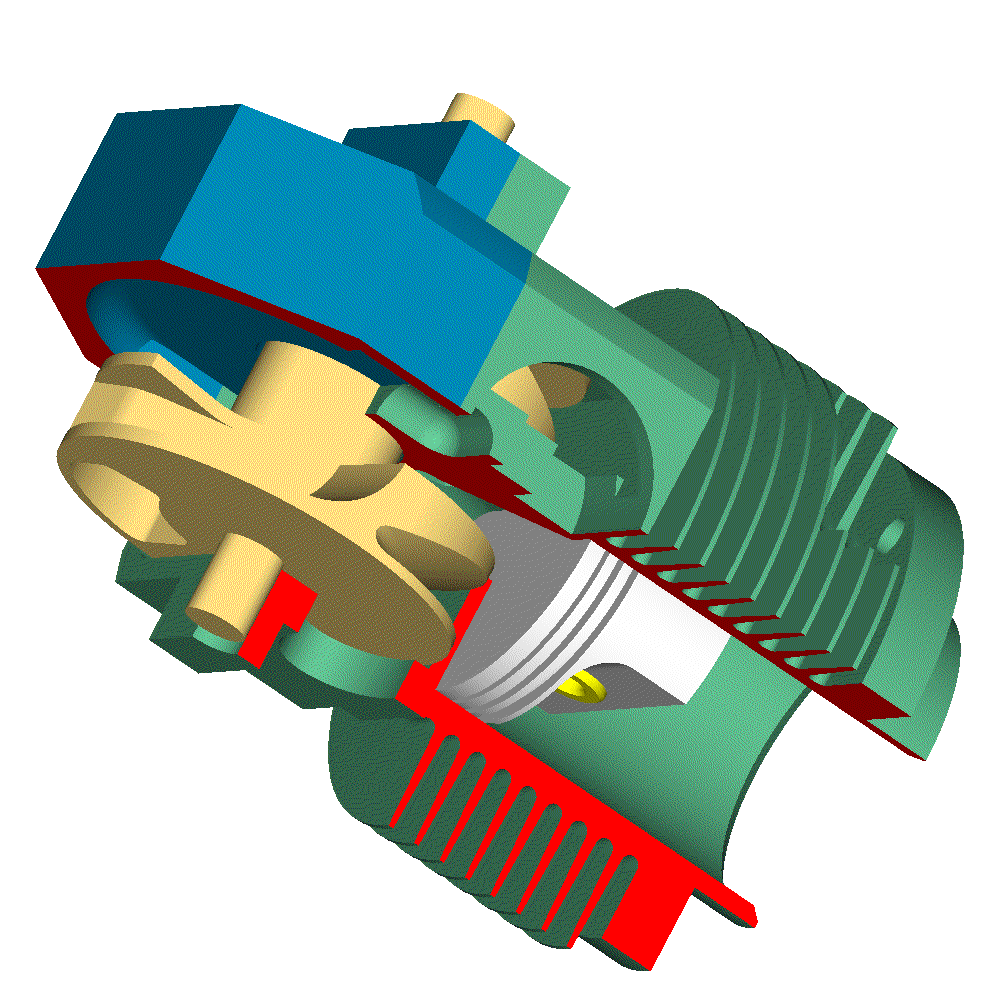








































![DreamPlan Home Design and Landscaping Software Free for Windows [PC Download]](https://m.media-amazon.com/images/I/51kvZH2dVLL._SL500_.jpg)

















